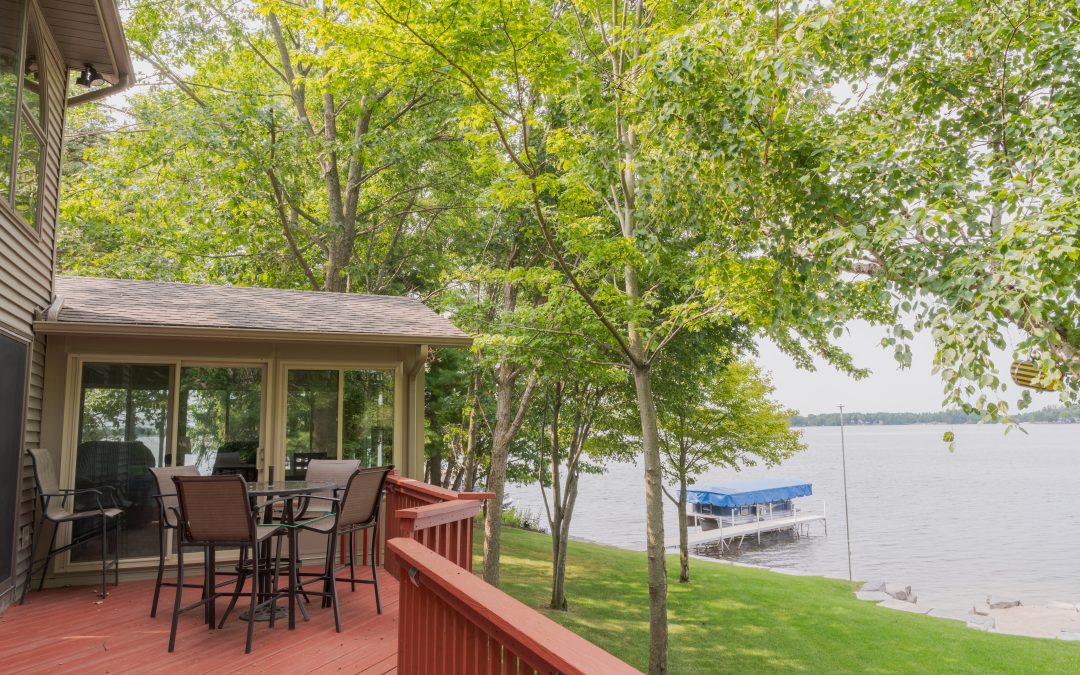You don’t have to be gifted with a green thumb to transform your sunroom into a garden room. For sunroom owners looking to work on their health by growing their own herbs and vegetables at home, or those who simply want to capitalize on enjoying the beautiful summer greenery while they can, the right setup can turn a sunroom into a thriving indoor garden. From strategically placed planters to choosing sun-loving or shade-tolerant plants based on your sunroom’s direction, there are plenty of ways to make the most of this sunny space.
The direction your sunroom faces and the type of climate you live in both play a major role in determining which plants will thrive in your space. By understanding the natural light patterns and seasonal temperatures your sunroom receives, you can choose greenery that not only survives but flourishes.

The best orientation for a garden room overall is south-facing sunrooms. These are ideal for year-round plant growth, especially in cooler climates, because they get the most consistent sunlight throughout the day. South-facing sunrooms are perfect for sun-loving plants and herbs like tomatoes, cucumbers, hibiscus, succulents, basil, and thyme. However, south-facing sunrooms may require shading or ventilation to prevent overheating and moisture loss.
East-facing sunrooms tend to be best for plants that crave morning light and cooler afternoons. The gentle morning sun in east-facing sunrooms supports plants and herbs like ferns, mint, orchids, and pothos, which prefer indirect light and benefit from cooler afternoon temperatures, especially in hot climates. Since there isn’t an abundance of light coming in throughout the day, you may need grow lights or a plant rotation schedule for varieties that require more sunlight to thrive.

As for west-facing sunrooms, they tend to receive the most sunlight during the afternoons and evenings. West-facing rooms offer strong light for part of the day, which is great for sun-hungry plants like peppers, rosemary, sage, and geranium. Keep in mind that it can still get hot late in the day, so good ventilation is key.
Although north-facing sunrooms receive the least direct sunlight, they are ideal for plants that thrive in low-light conditions. This orientation provides consistent, gentle indirect light throughout the day, making it perfect for shade-tolerant plants like snake plants, peace lilies, and ZZ plants, all without the risk of overheating. While these plants don’t absorb as much sun as a lot of other plants, you still may need supplemental lighting for flowering or fruiting plants.

To maximize the potential of your sunroom garden, it’s important to regularly monitor the temperature and humidity levels. Using a thermometer and hygrometer can help you ensure that your plants aren’t exposed to extremes. You can also make small adjustments, like adding a fan for better airflow or using moisture-retaining trays for plants that thrive in higher humidity.
With the warm weather and gardening season in full swing, it’s the perfect time to reimagine how you can use your sunroom to brighten up your space, embrace your room’s natural beauty, and make the most of your growing collection of plants. While you may not see yourself as a knowledgeable gardener, with the right plants and a little intention, your sunroom can become a thriving sanctuary for all things green.


Recent Comments